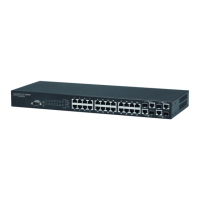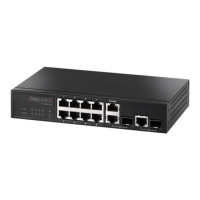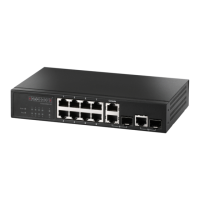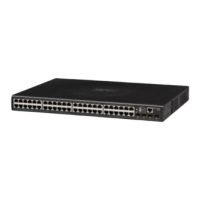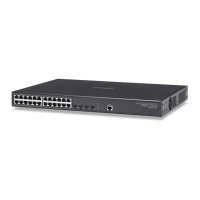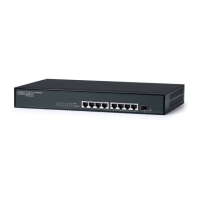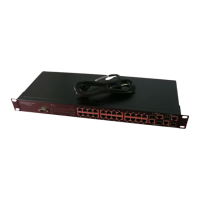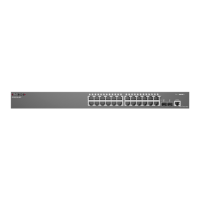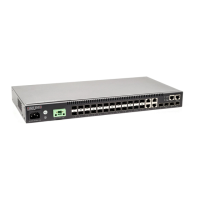Multicast Filtering
15-4
15
• IGMP Query Timeout — The time the switch waits after the previous querier stops
before it considers the router port (i.e., the interface which had been receiving
query packets) to have expired. (Range: 300-500 seconds, Default: 300)
• IGMP Version — Sets the protocol version for compatibility with other devices on
the network. (Range: 1-3; Default: 3)
Notes: 1.
All systems on the subnet must support the same version.
2. Some attributes are only enabled for IGMPv2 and v3, including IGMP Report
Delay and IGMP Query Timeout.
Web – Click IGMP Snooping, IGMP Configuration. Adjust the IGMP settings as
required, and then click Apply. (The default settings are shown below.)
Figure 15-1 IGMP Configuration
CLI – This example modifies the settings for multicast filtering, and then displays the
current status.
Console(config)#ip igmp snooping 33-2
Console(config)#ip igmp snooping querier 33-7
Console(config)#ip igmp snooping query-count 10 33-7
Console(config)#ip igmp snooping query-interval 100 33-8
Console(config)#ip igmp snooping query-max-response-time 20 33-8
Console(config)#ip igmp snooping router-port-expire-time 300 33-9
Console(config)#ip igmp snooping version 2 33-3
Console(config)#exit
Console#show ip igmp snooping 33-5
Service status: Enabled
Querier status: Enabled
Query count: 10
Query interval: 100 sec
Query max response time: 20 sec
Router port expire time: 300 sec
IGMP snooping version: Version 2
Console#
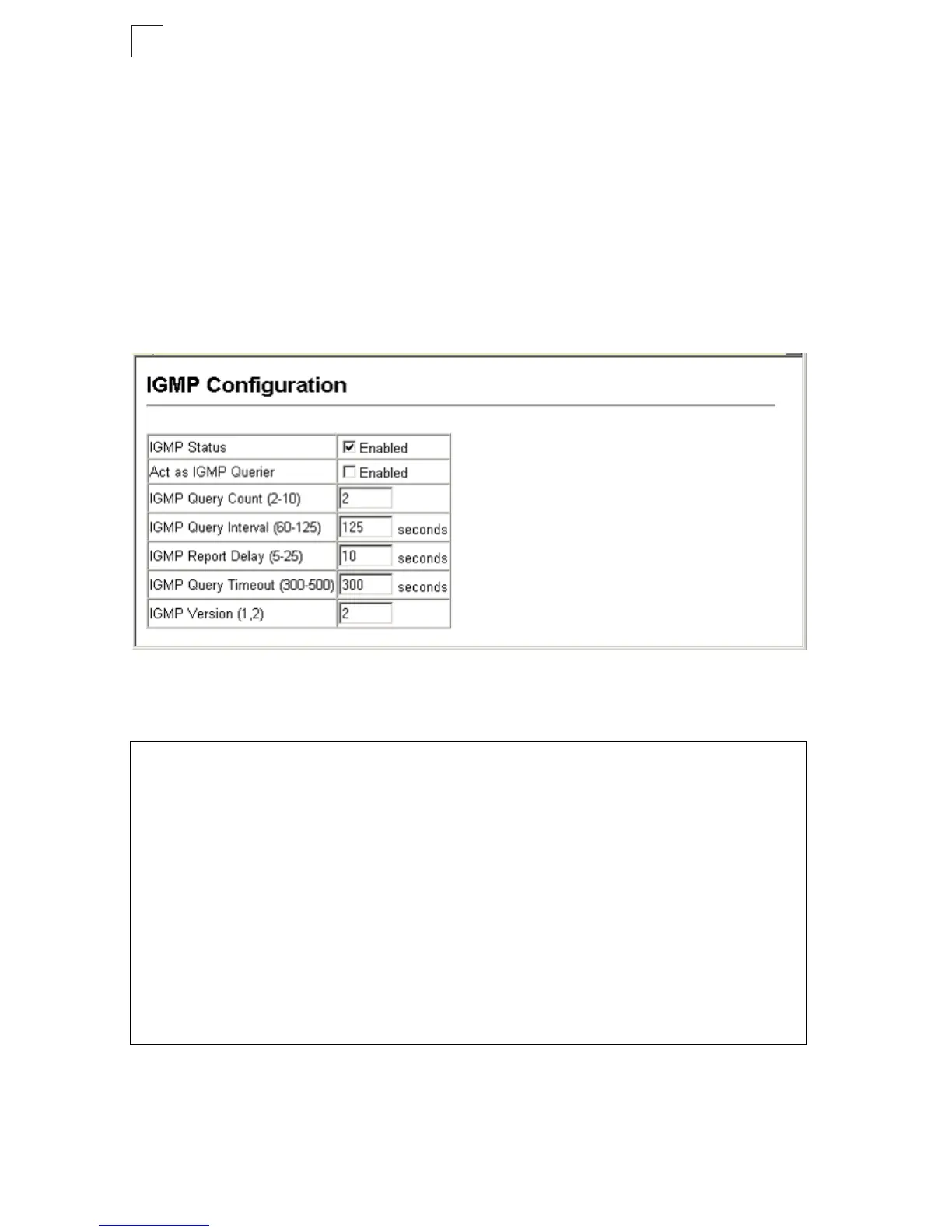